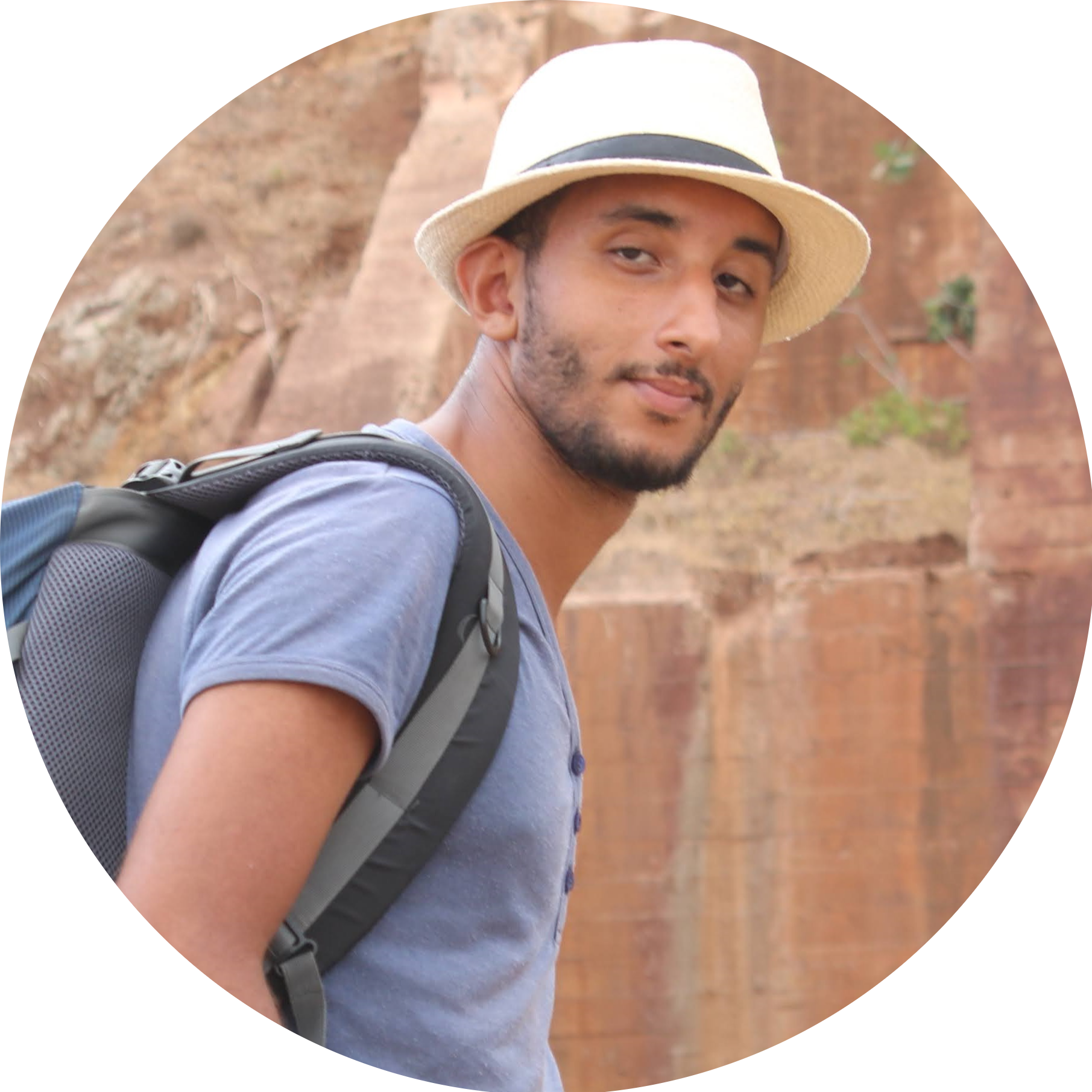What Language is Spoken in Morocco?

Morocco is a country rich in culture, history, and, surprisingly, languages. If you’re planning a trip or just curious, one fascinating thing to learn is the variety of languages spoken here. You might wonder, What language do they speak in Morocco? Well, there’s no simple answer! In this guide, we’ll dive deep into Morocco’s languages—focusing on Darija, the Amazigh languages, and the influence of French, Spanish, and English.
Darija: The Language of Everyday Life
Darija, or Moroccan Arabic, is the most widely spoken language in Morocco and is used daily by the majority of the population. It’s a dialect of Arabic, but quite different from Classical Arabic (Modern Standard Arabic), which is used in formal settings like media and education.
Darija is unique because it blends Arabic, Amazigh (Berber), French, and even Spanish influences. For example, many everyday words come from French, such as “serbisse” (from service) and “tomubil” (from automobile). This mix makes Darija distinct from other Arabic dialects across the Arab world.
Regional variations also exist. In northern Morocco, Darija has more Spanish influence, while the southern regions may have stronger Amazigh influences. Learning a few phrases, like “Salam Alaykoum” (hello) or “Chukran” (thank you), will be greatly appreciated by locals.
Amazigh Languages: The Indigenous Voice of Morocco
Morocco is home to many Amazigh (Berber) people, who are indigenous to North Africa. The Amazigh languages, collectively known as Tamazight, are ancient and still widely spoken, especially in rural areas. These languages hold a significant place in Moroccan history and are officially recognized alongside Arabic.
There are three main Amazigh languages spoken in Morocco:
- Tachelhit (Shilha): Spoken in the High Atlas Mountains and Souss Valley.
- Tamazight: Predominantly used in central Morocco’s Middle Atlas region.
- Tarifit: Found mainly in the Rif Mountains in northern Morocco.
In regions where Amazigh is spoken, you’ll often see signs written in Tifinagh, the Amazigh script, especially in government buildings and road signs.
Hassani: The Language of the Sahara
Hassani Arabic is spoken in southern Morocco, especially in the Sahara. It’s a dialect with both Arabic and Amazigh roots, shaped by the nomadic history of the Sahrawi people. In cities like Laayoune and Dakhla, you’ll hear locals speaking Hassani, which sounds different from the Darija spoken in other parts of the country. Though rooted in classical Arabic, Hassani has its own vocabulary and style, making it distinct.
Do they speak French in Morocco ?
Yes! Due to Morocco’s history as a French protectorate from 1912 to 1956, French is widely spoken, especially in business, government, and education. Even after independence, French remained a dominant language in urban areas and formal settings. Most Moroccans are bilingual, speaking both Darija and French.
Tourists who speak French will find it easy to communicate in cities like Casablanca, Rabat, and Marrakech. French is commonly used in road signs, official documents, and business transactions.
Spanish: Spoken in Northern Morocco
In northern Morocco, particularly in cities like Tangier and Tetouan, Spanish is commonly spoken due to historical ties to Spain. Many locals are fluent in both Spanish and Darija, and Spanish is often used in local media and education. Visitors to these northern regions will find it easy to navigate using Spanish.
English: Growing Among Younger Generations
While French and Spanish dominate, English is gaining popularity in Morocco, especially among the younger generation. It’s increasingly used in business, technology, and tourism. Though not as widespread, you’ll find English speakers in cities like Marrakech, Casablanca, and Rabat, as well as in tourist-heavy areas. English is seen as an important language for global opportunities, and many young Moroccans are eager to learn it.
The Coexistence of Languages in Morocco
Morocco is an example of how multiple languages can coexist. In a single conversation, it’s common to hear a blend of Darija, French, Spanish, or even English. Language switching is part of daily life, especially in urban areas. If you venture into rural areas, you’ll hear more Amazigh, but Darija is still understood by most.
Conclusion: Morocco’s Rich Linguistic Tapestry
The variety of languages in Morocco reflects its rich culture and history. From the everyday use of Darija to the deep-rooted Amazigh languages and the influence of French, Spanish, and English, Morocco’s linguistic landscape is as diverse as its people. Whether you’re visiting for a short time or planning an extended stay, understanding the different languages will enrich your experience.
If you’re visiting Morocco and want personalized advice on how to communicate or understand the local language better, feel free to contact me for tailored advice to make your trip more enjoyable











